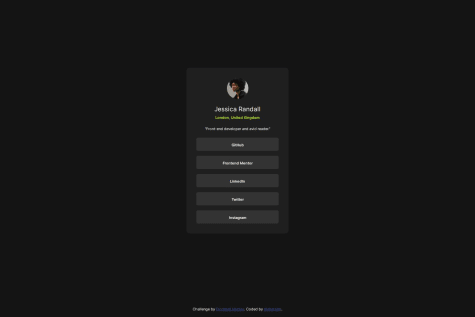Diego Hernández
@dieherramAll solutions
Social link profile
#pure-cssSubmitted 10 months agoI would like to receive advice from more experienced users to improve the quality of my code. Any suggestions on best practices, optimization, and accessibility would be very valuable to me.
Frontend Mentor - Solución a la tarjeta de vista previa de blog 📝
#pure-cssSubmitted 10 months agoAny kind of advice or feedback would be greatly appreciated, especially those related to accessibility. I want to ensure that my project is as inclusive and user-friendly as possible for all users.
Solución al componente de código QR
#pure-cssSubmitted 10 months agoI would like to receive guidance on commonly used responsive measurement units. What are the best practices for applying them efficiently across different devices and screen sizes? I would appreciate advice on how to achieve a truly responsive design using units like rem, em, vh, vw, and percentages, as well as when it is most appropriate to use each one.








